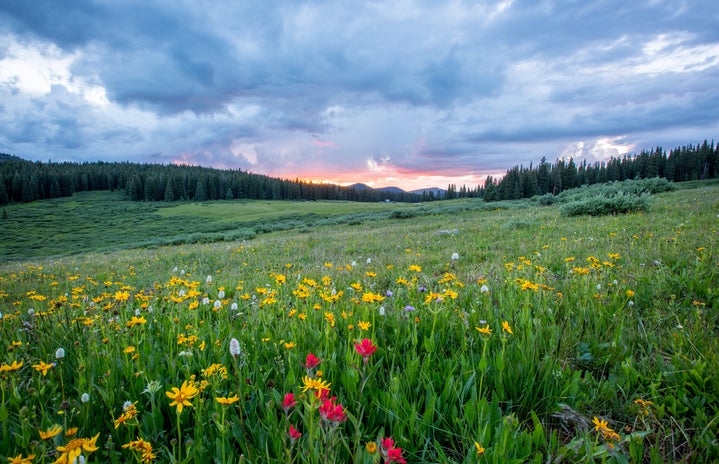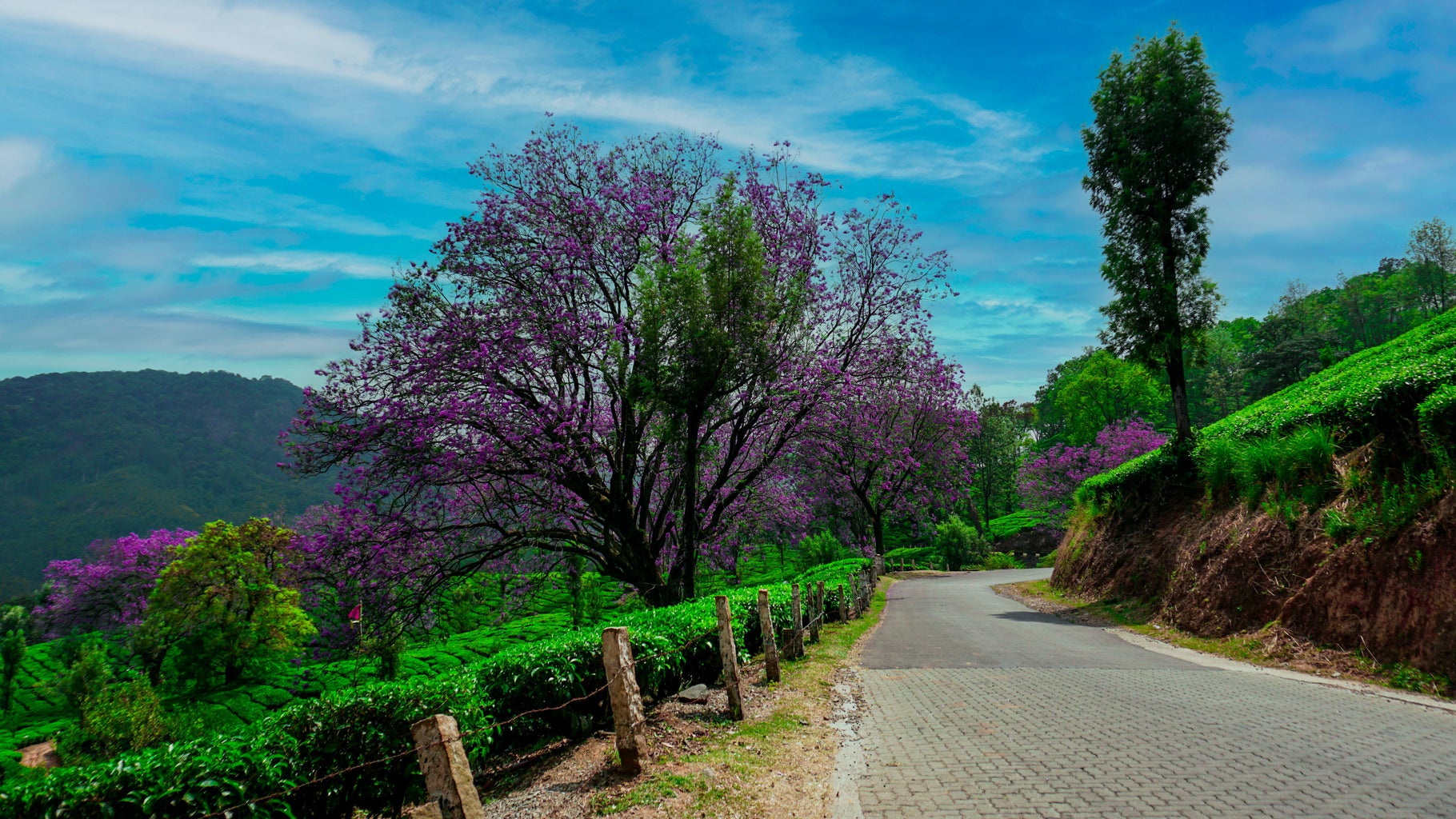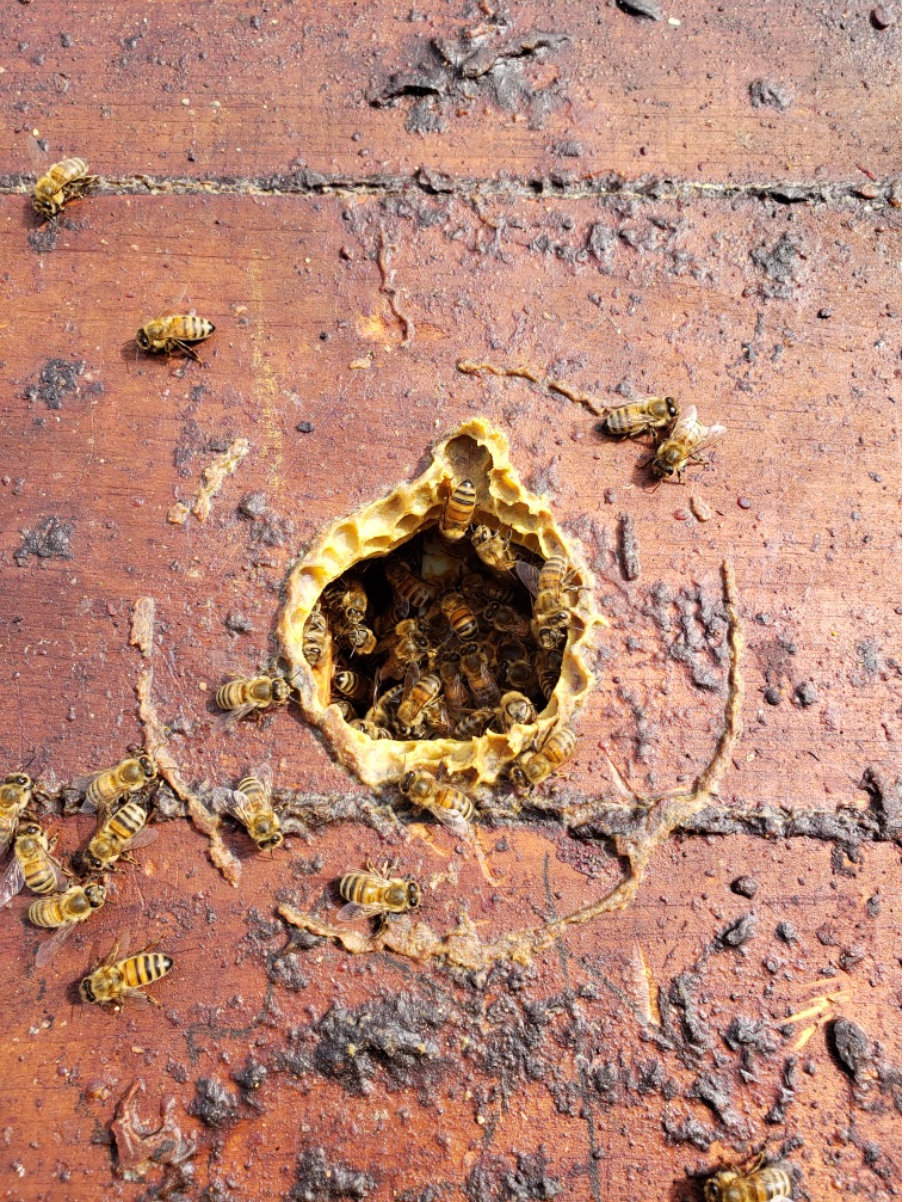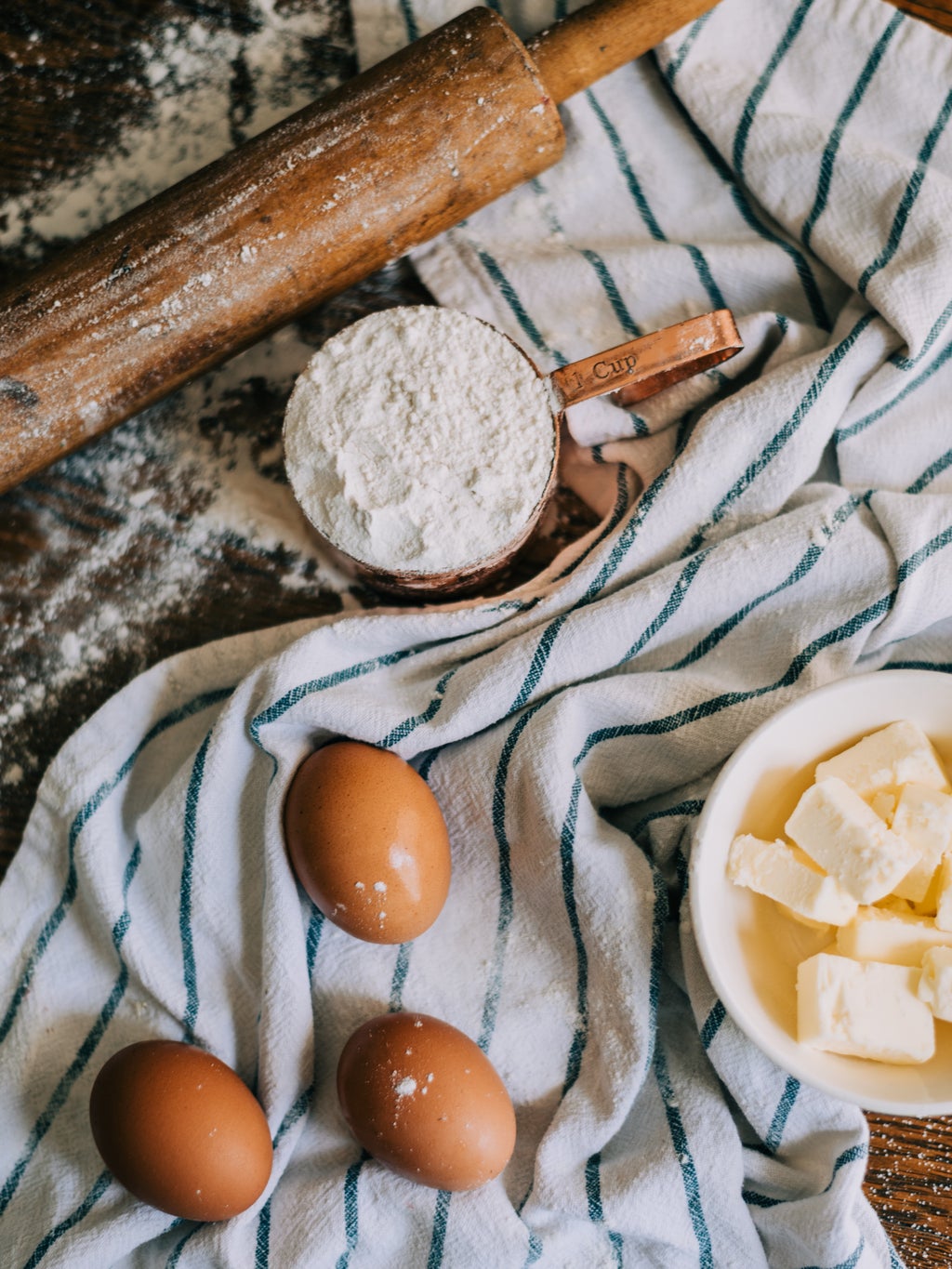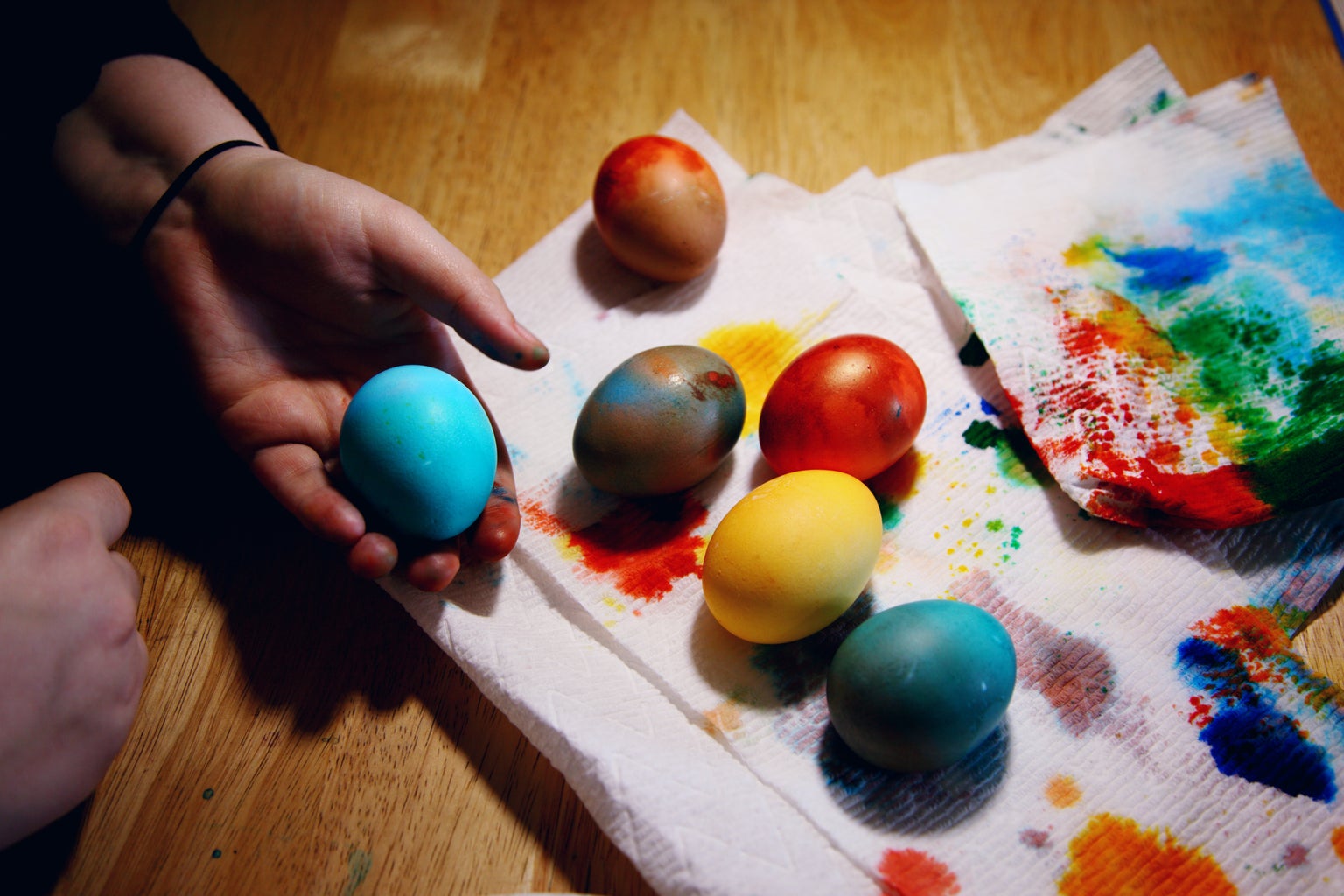Spring is in the air, and with it comes a myriad of festivals and celebrations. We’ve all heard of Easter, but there’s another word that surfaces around this time of year: Ostara. While the celebration of the vernal equinox is prevalent throughout many cultures — you can check out Lexi Tokhi’s piece on Nowruz here — the origins of Ostara itself has been the subject of some intriguing — and fiery — scholarly debates.
Before we go any further, it’s important to make a distinction between Ostara the festival and Ostara the alleged goddess. I say “alleged” because it is impossible to know whether Ostara the goddess actually existed. The history of Ostara and her connection to the goddess Ēostre is a fascinating web of storylines interwoven throughout the last few centuries.
Ēostre was a supposed goddess of Anglo-Saxon origin who is now often referred to as the goddess of Easter because of the similarity between the modern word “easter” and the Old English word ‘ēostre’. However, there is no concrete evidence in pagan sources that Ēostre as a goddess ever existed. In fact, it’s entirely possible that the goddess arose from a misinterpretation or perhaps a creative liberty taken by the 8th century scholar Bede the Venerable.
In his book The Reckoning of Time, Bede suggested that pagan Anglo-Saxons held feasts in Ēosturmōnaþ (April) to honor Ēostre. Scholars had debated Bede’s suppositions for centuries, but the writings of one famous historian changed everything. That historian was none other than the famous folklorist, Jacob Grimm!
Treating Bede’s word as law, Grimm proposed that Ēostre was actually the local Saxon version of a Germanic goddess. What did he name that goddess? You guessed it: Ostara.
Sidebar — if you are interested in some of the other proposed historical origins of Ostara/Ēostre, I recommend this informative (and sardonic) response to the link between Eostre and the Matronae Austriahenae.
Today, Ostara as a festival is mostly celebrated by neo-pagans like myself as one of the eight Sabbaths in the Wheel of the Year. It shares similar traditions with other festivals that celebrate the vernal equinox, but many of the rituals are beneficial to those who want to break out of the darkness of winter and celebrate springtime. If that sounds like something you want to try, here are a few suggestions:
- Clean
-
Spring cleaning is a time-honored tradition, and for good reason. Some scholars believe the concept originated with the Persian tradition of khan tekani which ever-so-coolly means “shaking the house”. After a long winter stuck inside, it can be therapeutic to declutter, organize, and rejuvenate your space in preparation for springtime.
Some people like to spritz floral or citrusy scents in the air, while others place fruit or fresh-cut flowers around the house.
Original photo by JJ Mokrzewski - Embrace Nature
-
Take a deep breath, smell the damp in the air, and relish the warmth of the south wind as it breathes life back into nature. It’s a good time to sit outside and watch the birds, or connect with a friend on an outdoor hike, or explore! Ditch your parka for a couple of light layers and have some fun outdoors. P.S. — don’t forget sunscreen.
- Welcome the Dawn
-
One of the worst things about winter is the lack of sunlight, but the vernal equinox is all about equality — equal hours of day and night. Both sunup and sundown are important on the actual day (March 20th this year) but there is something magical about greeting the dawn on Ostara. Both Ostara/Ēostre have connections with the east — some associate her with the Scandinavian goddess Idun. Either way, welcoming dawn is a great way to start any day.
- Plant
-
Ostara is all about springtime and maintaining a personal connection with the earth. The vernal equinox is a great time to start your own garden or, if you don’t have the space, get some small potted plants.
- Bake Something
-
Just like rebirth and renewal, Ostara brings with it promises of the future. Creating something from scratch is a good reminder that the earth provides. It’s a way to count your blessings and share your hard work with others. When baking, one custom is to write hopes for the coming year on a piece of parchment paper so the goodies are infused with wishes.
There are many different traditions practiced during this time — like blowing and painting eggs — but you can invent some of your own, too. And if you enjoy spending time in the kitchen, check out some of these great Ostara recipes (including one of my personal favorites, hot cross buns) here.
Ostara blessings to all!
